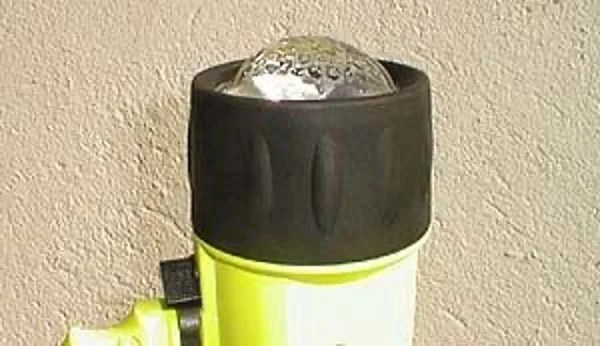Dive lights and video lights are a lot brighter and therefore can be much hotter than an average household flashlight. Some manufactures of dive lights even say they should be used only underwater. The reason being that the water keeps them cooler. In other words, dive lights get hot, real hot. I mean really hot.
The first time I saw how hot this could be was when a diver was carrying a bag onto an airplane. Halfway to the steps, the bag was smoldering! In it was a very powerful European made dive light. If you have never seen one of these, they look like something made to carry plutonium. When he opened his case the inside of the bag was more or less a melted pile of plastics and other unrecognizable items. The light had only been on a few minutes! Imagine if this had been in the cargo space and happened after the plane took off with no one around to see it?
The other time was just a small dive light that was in checked on baggage. When the diver opened his suitcase the next day, the little yellow light, which previously had a rather flat plastic lens, now had a very domed plastic lens and very dead batteries. The picture of this is below. The heat was so intense, and with the lower airplane pressure, it caused the plastic to bulge out and discolor. Had something been close by with a low flash point, a fire could have easily started. One doesn’t need much imagination to think what the result of that could have been. Also, the light was packed with the switch in the locked position! So much for locks on the switches.

Don’t ever travel with batteries in your lights. Don’t trust the locks on the switches either. And if you feel you absolutely need to keep the batteries in the light because of space (a poor excuse though), at least remove the bulb or one battery.
What used to be a flat lens is now a domed lens.
Bruce Bowker

